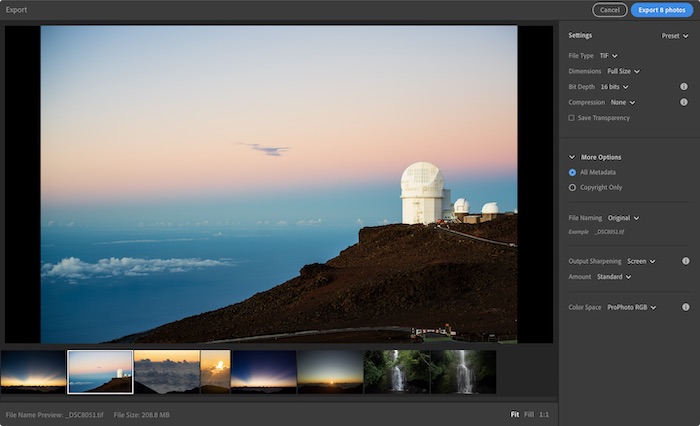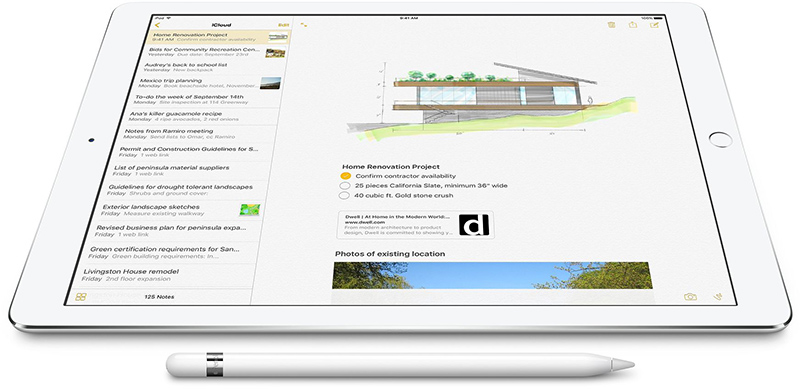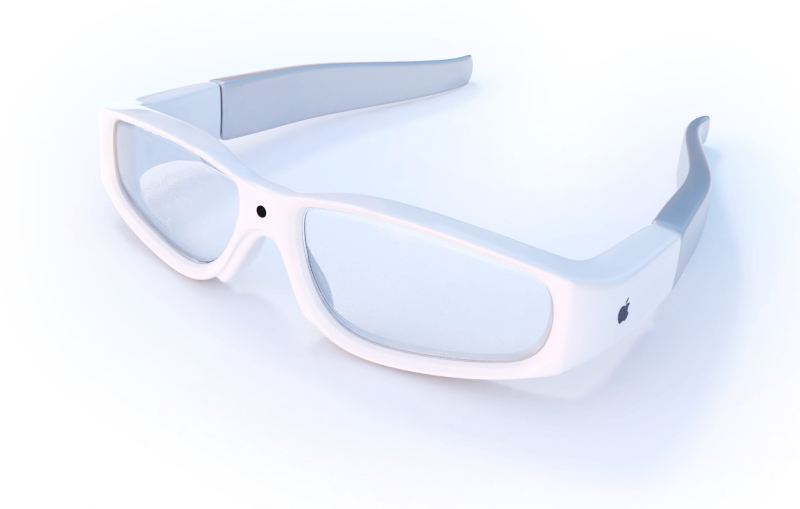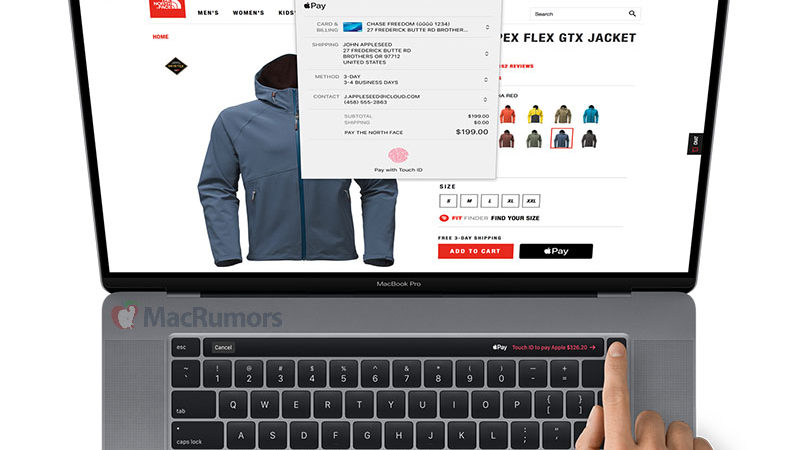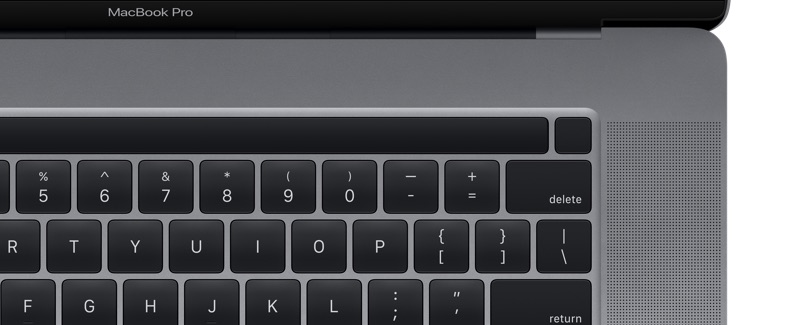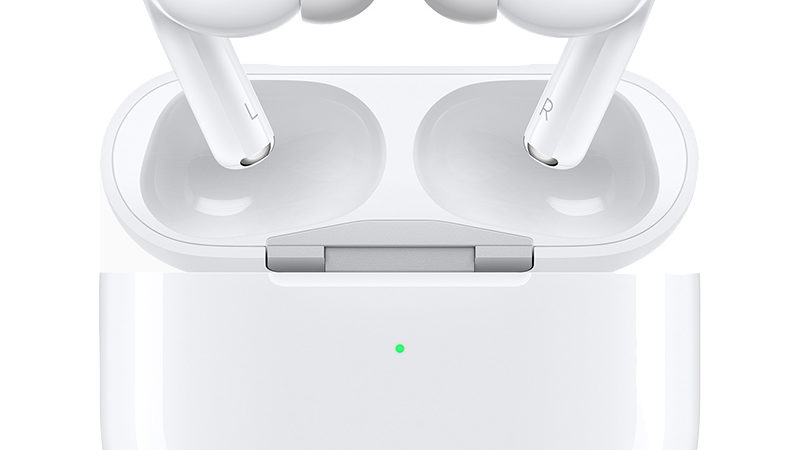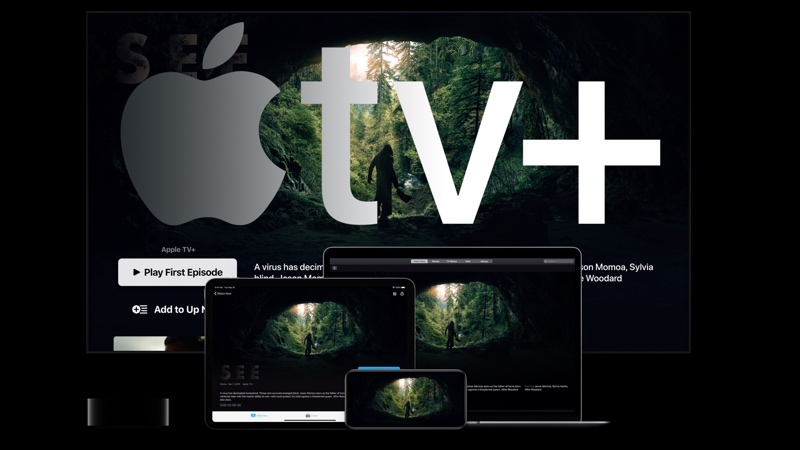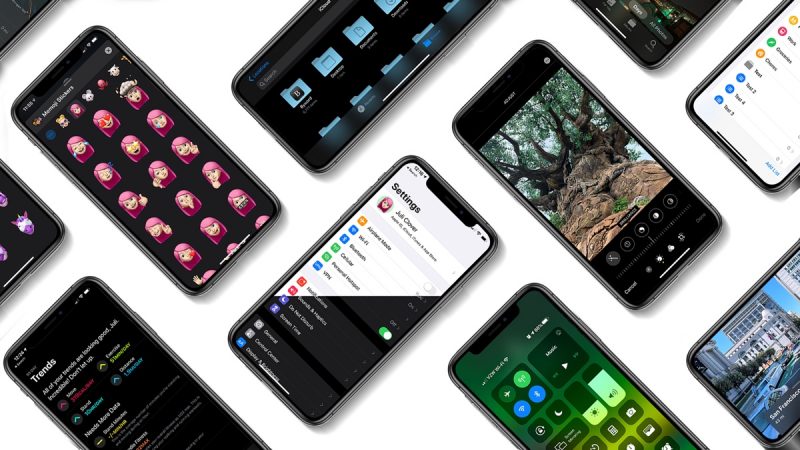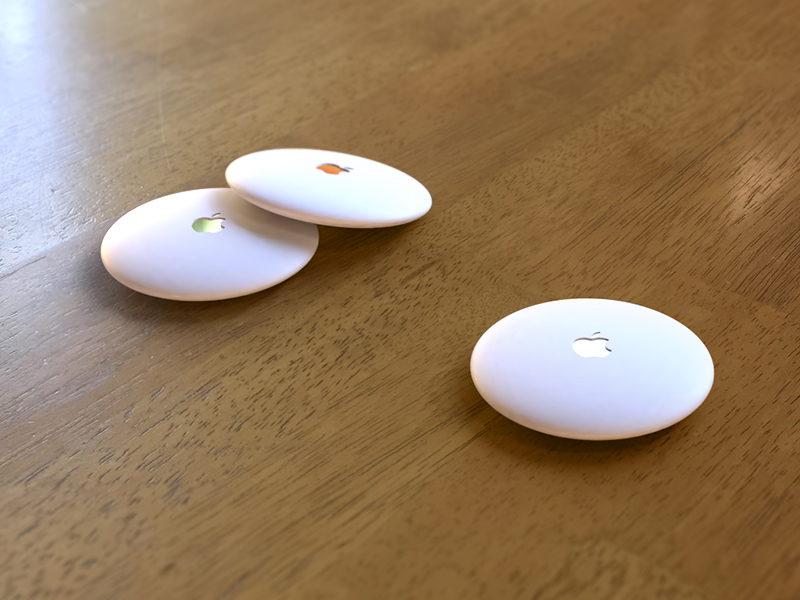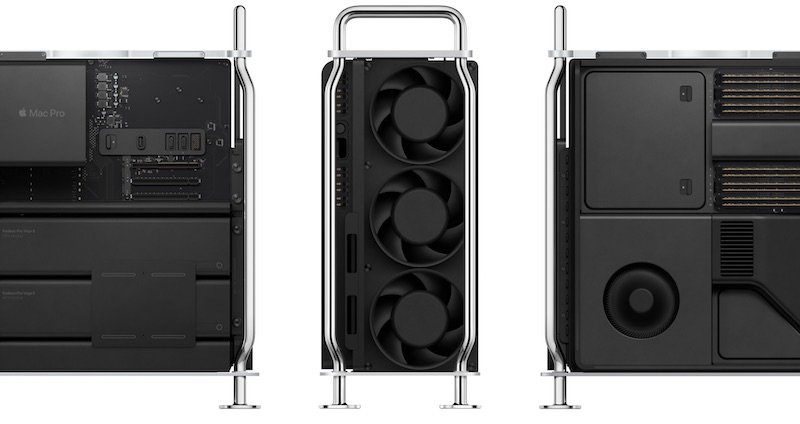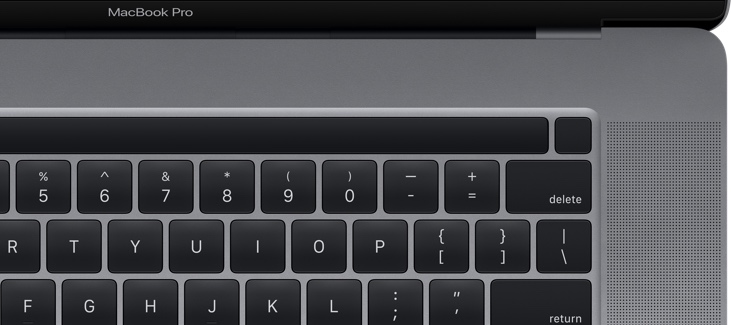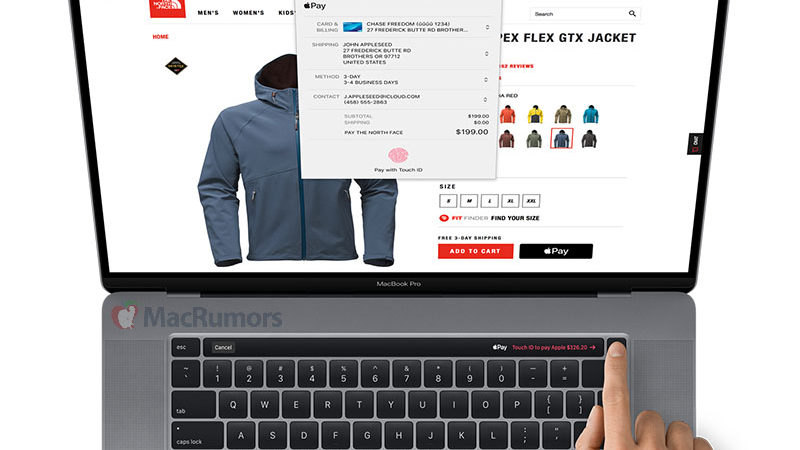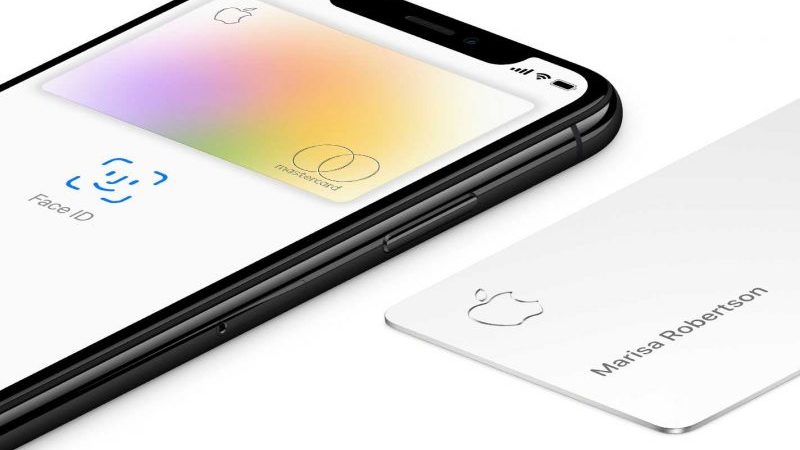Adobe is releasing a major update to Photoshop on the desktop today with several improvements based on its Sensei artificial intelligence technology, including new capabilities in the Object Selection Tool and Content-Aware-Fill.
Adobe has added three ways to identify where in your image you want Content-Aware Fill to look for source pixels as fill content:
- Auto: Intelligently select source pixels by analyzing pixels near the selection
- Rectangular: Chooses pixels nearby
- Custom: Full control to identify exactly which pixels to fill from
The latest version of Photoshop is faster for many tasks, including opening files on a Mac. Adobe has added new quick action buttons to accelerate common tasks, such as the ability to one-click to remove a background, select a subject while in the pixel layer properties panel, or quickly convert text layers into a frame or shape.
Preset workflows have been overhauled, with new, dedicated panels and behaviors for gradients, patterns, and shapes. Presets can be organized into groups, and you can drag and move to rearrange and re-order them.
To learn more about the new features and improvements in Photoshop, read Adobe’s blog post and its what’s new in Photoshop page.
Following months of beta testing, Adobe today is also making Photoshop on the iPad available to all Creative Cloud customers who have a subscription to Photoshop. Photoshop on the iPad is based on the same code base as the desktop version, but it is reimagined for a mobile, touchscreen-based user experience.
With the iPad version, you can open and edit PSDs, view and edit your layered documents, and take advantage of core functionality such as compositing, masking, and retouching. Adobe plans to add several new features to the app over time. Read our Photoshop for iPad post for more details.
Adobe today also announced that it has integrated cloud document capabilities into Photoshop and expanded support to PSDs. This allows you to access and work on projects across devices, including Photoshop for Mac and iPad, with all edits seamlessly saved to the cloud with an auto-save feature.
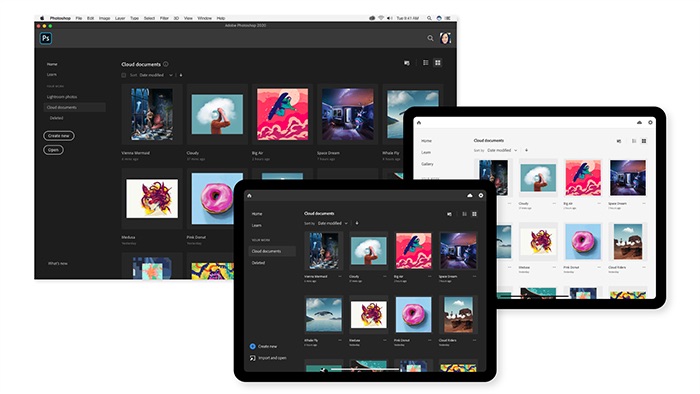
Other updates to the Creative Cloud suite:
- Illustrator: Files with very complex vector illustrations, multiple embedded images, or lots of artboards open up to twice as fast; spell check indicator as you type; file saving in the background; faster rendering of effects and previews; and more efficient path simplification
- Lightroom: Guided tutorials for learning how to edit photos; additional export options for choosing output resolution, compression, metadata, file naming, output sharpening, and color space; GPU accelerated editing; and a new Fill Edges option to automatically fill in the edges using Content-Aware Fill technology
- InDesign: Support for SVG file formats; variable fonts; and easily find alternative images from Adobe Stock to complete your layout design
- Dimension: Match Image can now detect what type of lighting is in your image and will generate sunlight, multiple lights, or 3-point lighting accordingly; easily send your Dimension projects directly to Adobe Aero
- XD: coediting in beta; cloud document history; create and manage shareable web links to your work; convert existing Sketch Libraries into cloud documents in XD; redesigned plugin manager; expanded support for Creative Cloud Libraries to allow you to create and manage libraries from within XD
New features previewed earlier this year for Premiere Pro, After Effects, Audition, and Character Animator are also available as of today.
Adobe’s new Creative Cloud updates are available to all Creative Cloud subscribers, with plan options outlined on Adobe’s website.
This article, “Adobe Releases Major Updates for Creative Cloud Apps on Mac: Photoshop, Illustrator, Lightroom, and More” first appeared on MacRumors.com
Discuss this article in our forums
Powered by WPeMatico
